Top 10 Crypto Wallets for Security & Convenience in 2025
Top 10 Crypto Wallets : The crypto market in 2025 is far bigger, faster, and riskier than it was even a year ago. While new DeFi protocols, NFT ecosystems, and cross‑chain tools continue to expand opportunities, they’ve also made attack surfaces larger. Incidents like the $50 million Radiant Capital exploit and the $1.4 billion Bybit breach remind us that even well‑known platforms can be vulnerable.
The uncomfortable truth is that, in many cases, the platform isn’t the weakest link — the user is. A huge number of losses happen because people sign transactions without understanding the calldata they’re authorizing. Sometimes it’s a blind approval, other times it’s an unfamiliar smart contract call buried in a wallet’s interface.
This is why choosing the right crypto wallet in 2025 isn’t just a matter of “hot vs. cold” or “mobile vs. desktop.” It’s about matching the wallet’s display capabilities, transaction verification tools, and security model to your actual usage — whether you’re a hands‑on security researcher or a casual holder who still wants to avoid mistakes.
Below, we explore the top 10 crypto wallets for security and convenience in 2025, based on real hands‑on testing and a focus on two distinct needs:
- Maximum transparency for technical users who want to verify every signature.
- Simplified, safe workflows for non‑technical users who still value strong protection.
Trezor Safe 5 — Open‑Source Security for Technical Users
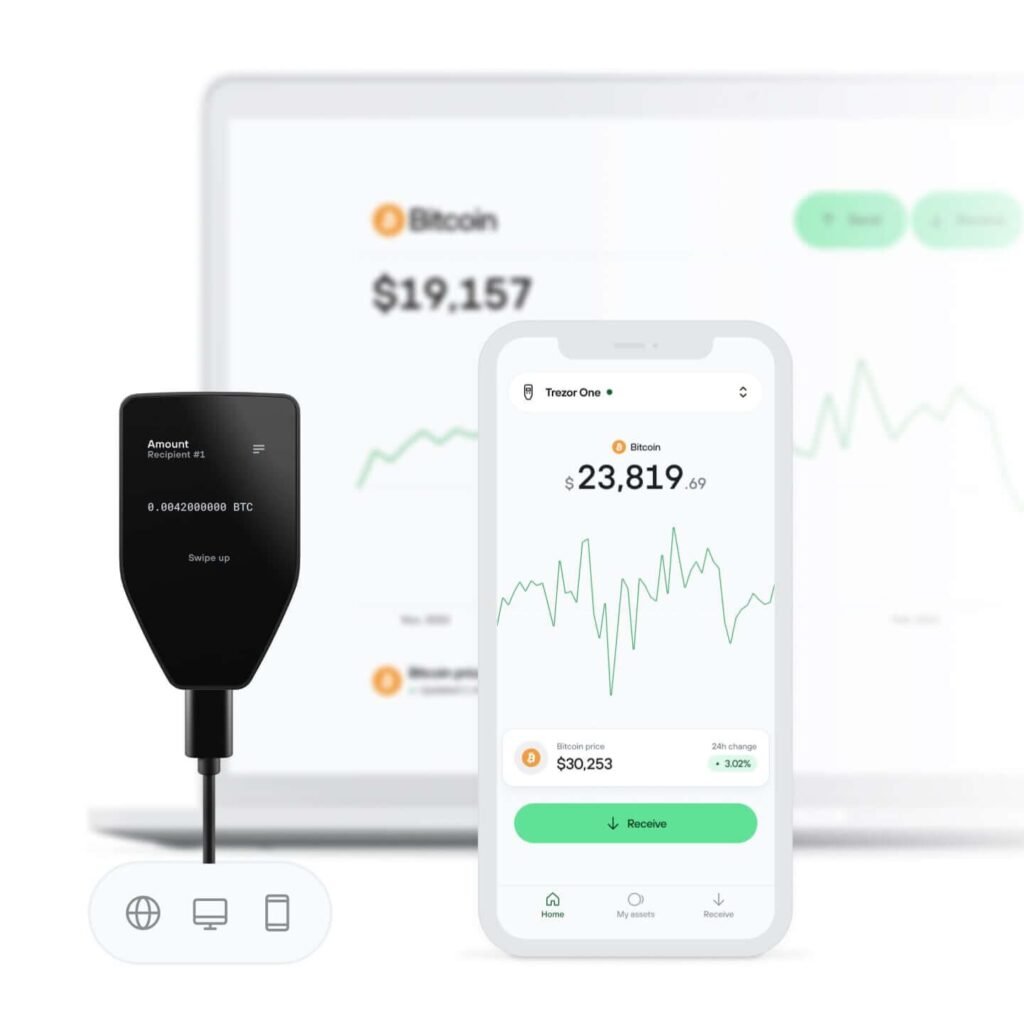
Source: Trezor.io
For users who refuse to compromise on source code transparency, the Trezor Safe 5 is the standout choice in 2025. This device combines an open‑source firmware base with a secure element chip, bridging the gap between auditability and hardware‑level protection.
The larger touchscreen, improved haptic feedback, and sturdier physical build make it more comfortable to use for repeated transactions compared to older Trezor models. It displays full transaction calldata without truncation — a critical feature for anyone dealing with complex DeFi operations or interacting with unfamiliar smart contracts.
However, there’s no built‑in decoding, so interpreting the raw data still requires technical knowledge. For security researchers, auditors, or advanced users who can read what they sign, this wallet is an excellent fit. For casual users, it might feel like information overload.
Grid Lattice Plus — Best Closed‑Source Transaction Decoding

Source: Gridplus.io
If your priority is to clearly see what you’re signing — even with deeply nested DeFi transactions — the Grid Lattice Plus remains the gold standard for transaction decoding in 2025. Its large, high‑resolution screen gives enough space to present decoded contract calls in a readable format, making it easier to catch malicious changes in complex transactions.
Its EAL6+ secure element chip and smooth, intuitive navigation reinforce the security‑meets‑usability appeal. The trade‑off? The wallet is closed‑source, meaning users must trust the manufacturer’s security claims, and there’s no raw calldata view for those who prefer reading the unprocessed data. It’s also bulkier than most, making it less appealing for frequent travelers.
For non‑technical users who still transact in DeFi, the Grid Lattice Plus is arguably the safest way to understand what’s really happening before they press “approve.”
Ledger Flex — Smooth Signature Verification Experience
The Ledger Flex takes the lessons learned from Ledger’s earlier models and solves one of the most common frustrations — short screen timeouts and cramped controls. Its improved display and longer active state make transaction review less stressful, particularly when dealing with signature requests that need careful reading.
It retains the domain/message hash display, which is valuable for EIP‑712 message verification, but the calldata display format hasn’t changed much from older Ledger devices — it’s still harder to parse than it should be for complex transactions. Closed‑source limitations remain, but for users comfortable with Ledger’s security track record, the Flex offers a smoother and less fatiguing daily experience.
Onekey Pro — Air‑Gapped Reliability
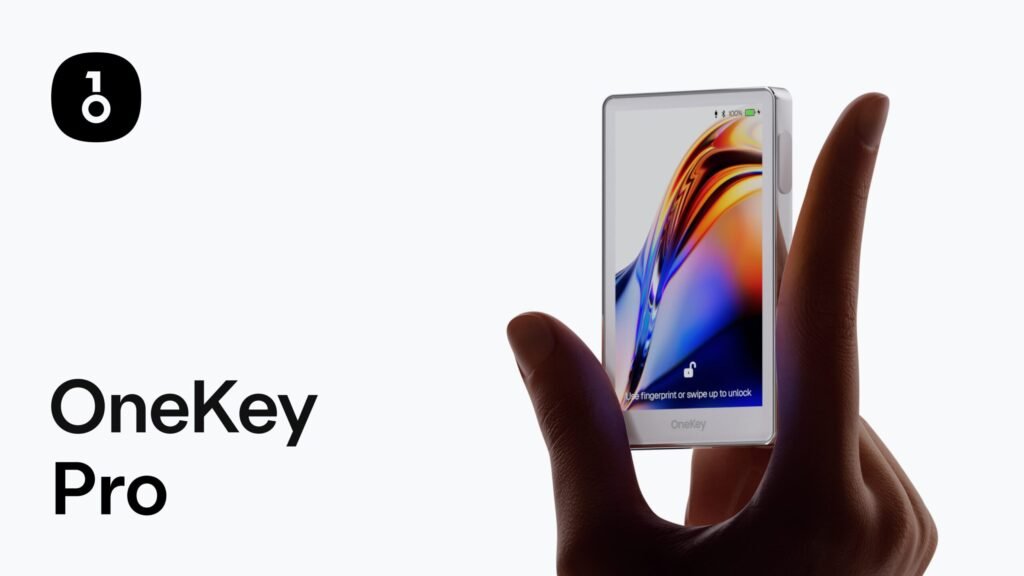
Source: Onekey.so
Security‑minded users who prefer a complete network separation will appreciate the Onekey Pro’s air‑gap mode, allowing transactions to be signed without USB or Bluetooth connections. Paired with an EAL6+ secure element, this provides an extra layer of comfort against physical and network‑based attacks.
Its strong haptic feedback and responsive touchscreen make navigation efficient. The wallet displays full transaction and signature data, but it lacks domain/message hash support and calldata decoding. For technical users, this is fine; for those who need clearer interpretation, it means cross‑checking elsewhere. In practice, Onekey Pro finds a sweet spot between maximum isolation and everyday usability.
Ledger Nano X — Proven Hardware, Imperfect Display

Source: dappgrid
The Ledger Nano X is still one of the most recognizable hardware wallets in 2025, and for good reason — it’s battle‑tested, widely supported, and backed by years of security updates. It includes domain/message hash display for signatures and works seamlessly with a variety of wallet apps.
The downsides? The two‑button interface is cumbersome for navigating longer transactions, and the “blind signing” terminology still confuses many users. Calldata display remains limited in readability. It’s reliable, but in a year where decoding and transparency matter more than ever, it’s starting to feel dated compared to newer models like the Ledger Flex.
Trezor Model T — Open‑Source Classic
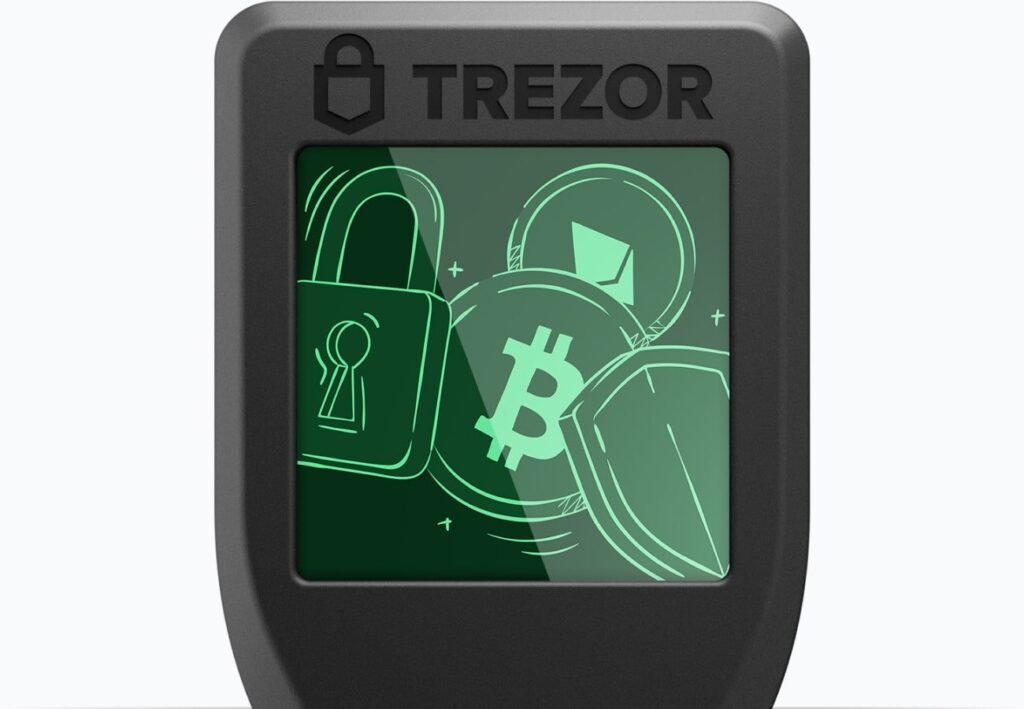
Source: Trezor.io
The Trezor Model T has been a cornerstone for open‑source wallet enthusiasts for years. In 2025, it still holds relevance for users who prioritize verifiable code, full calldata display, and testnet support for development or testing.
However, the small touchscreen and basic formatting of displayed data make it less user‑friendly than the Trezor Safe 5. If you already know how to read the information it shows, it’s dependable — but for users seeking a more refined, ergonomic experience, newer models have surpassed it.
Top 10 Crypto Wallets : Keystone 3 Pro — Great Potential, Inconsistent Output
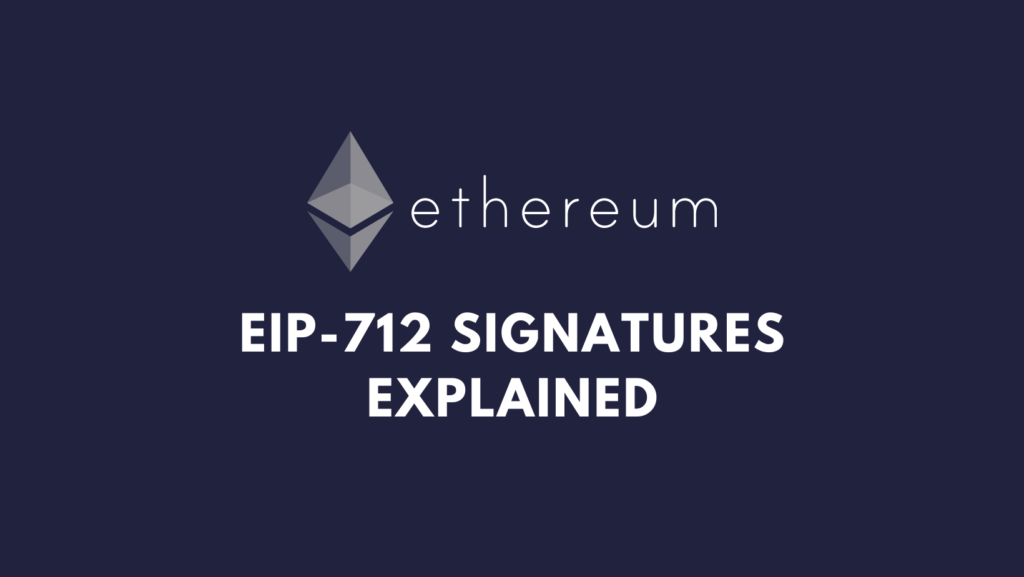
Source: Bitsbyblocks
On paper, the Keystone 3 Pro ticks a lot of boxes: verified open‑source firmware, QR‑based MetaMask connectivity, EIP‑712 signature display, and a touchscreen interface. It should be perfect for security‑focused workflows.
In reality, its inconsistent calldata decoding, occasional missing information, and firmware bugs make it unreliable for professional or high‑stakes use. For casual users, these issues may go unnoticed, but for those who sign multiple DeFi transactions daily, it could be a dealbreaker.
Cypherock — Secure Element, Poor Navigation
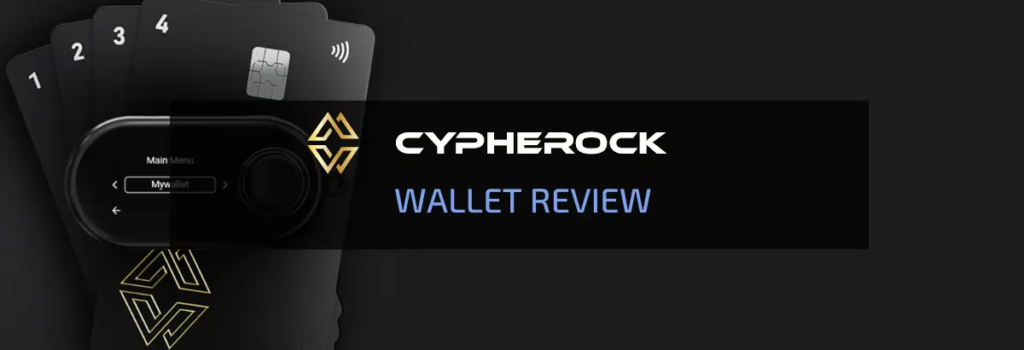
Source: MaterialBitcoin
The Cypherock wallet brings open‑source reproducibility and a strong secure element to the table, but it struggles in one critical area: usability. The joystick‑based interface feels dated and clunky, slowing down transaction reviews and increasing “security fatigue” — the tendency to skip proper checks because the process is too tedious.
Without calldata display for transactions, it’s not a viable option for researchers or DeFi traders. It’s better suited for long‑term storage of assets rather than active daily use.
Top 10 Crypto Wallets : Tangem — Ultra‑Portable but Limited
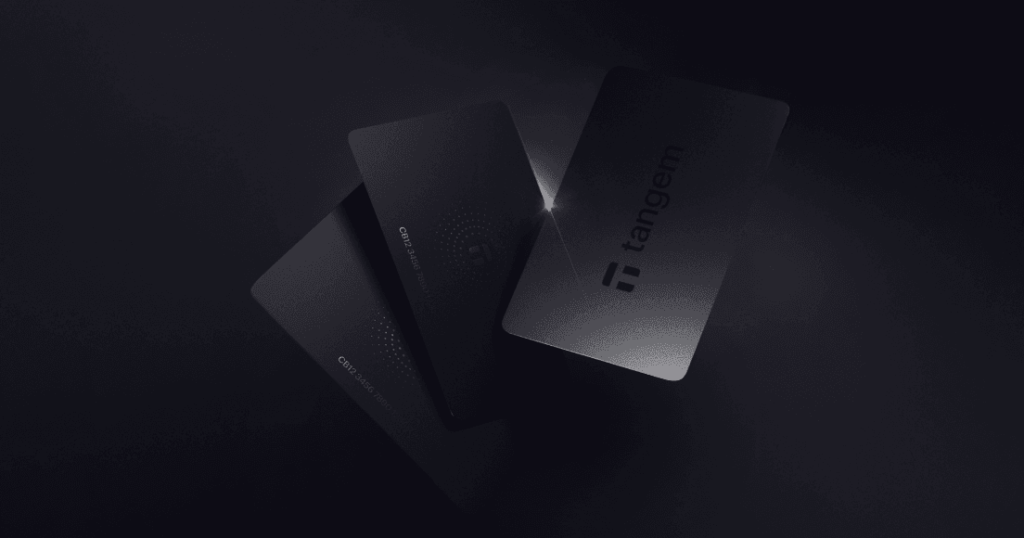
Source: Tangem.com
The Tangem wallet is unlike most on this list — it’s credit‑card thin, NFC‑enabled, and designed for pure portability. It’s convenient for quickly checking balances or making small transactions via a mobile app.
The trade‑off is significant: it’s closed‑source, requires a proprietary app, and has no support for displaying transaction calldata. Testnet support is absent, and its security model leans heavily on convenience over transparency. It’s fine for casual, low‑value holdings, but not for serious DeFi work or large amounts.
Top 10 Crypto Wallets : Balancing Security & Convenience in 2025
Picking the right crypto wallet in 2025 isn’t a one‑size‑fits‑all decision. For technical users, Trezor Safe 5 offers unmatched transparency in an open‑source package. For non‑technical DeFi participants, Grid Lattice Plus’s readable decoding can mean the difference between catching a malicious transaction and approving it by mistake.
Those comfortable with closed‑source but seeking smoother usability might prefer Ledger Flex or Onekey Pro. Meanwhile, older models like the Ledger Nano X and Trezor Model T remain dependable for those already familiar with their limitations.
Whatever your choice, the top 10 crypto wallets in this list share one truth: security is only as good as your ability to understand and verify what you sign. In a year where transaction complexity is at an all‑time high, that understanding may be the most valuable asset you hold.




